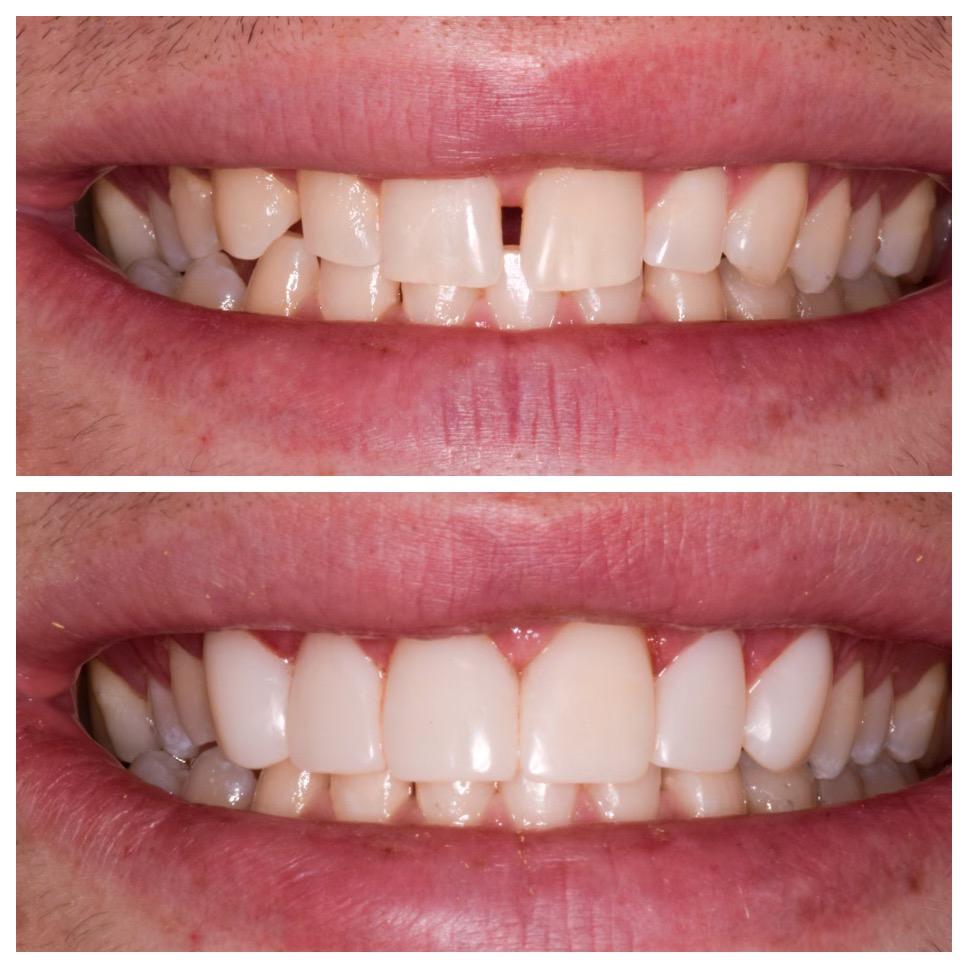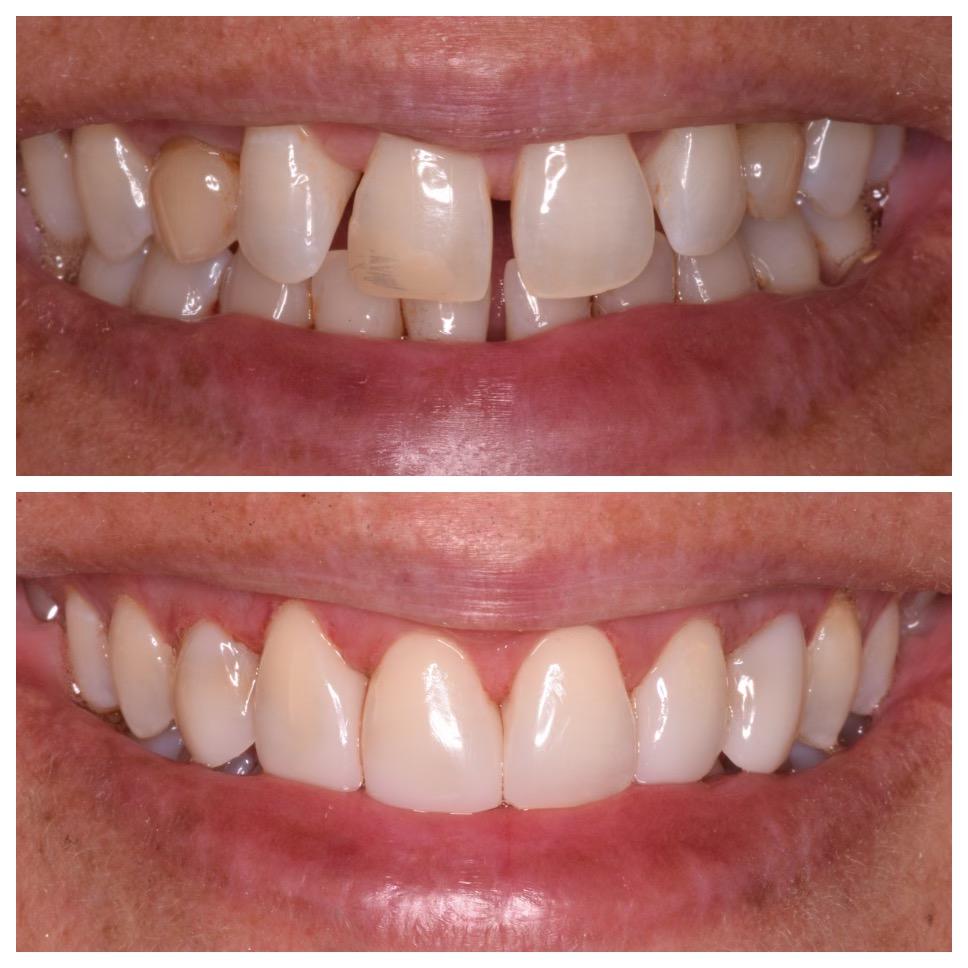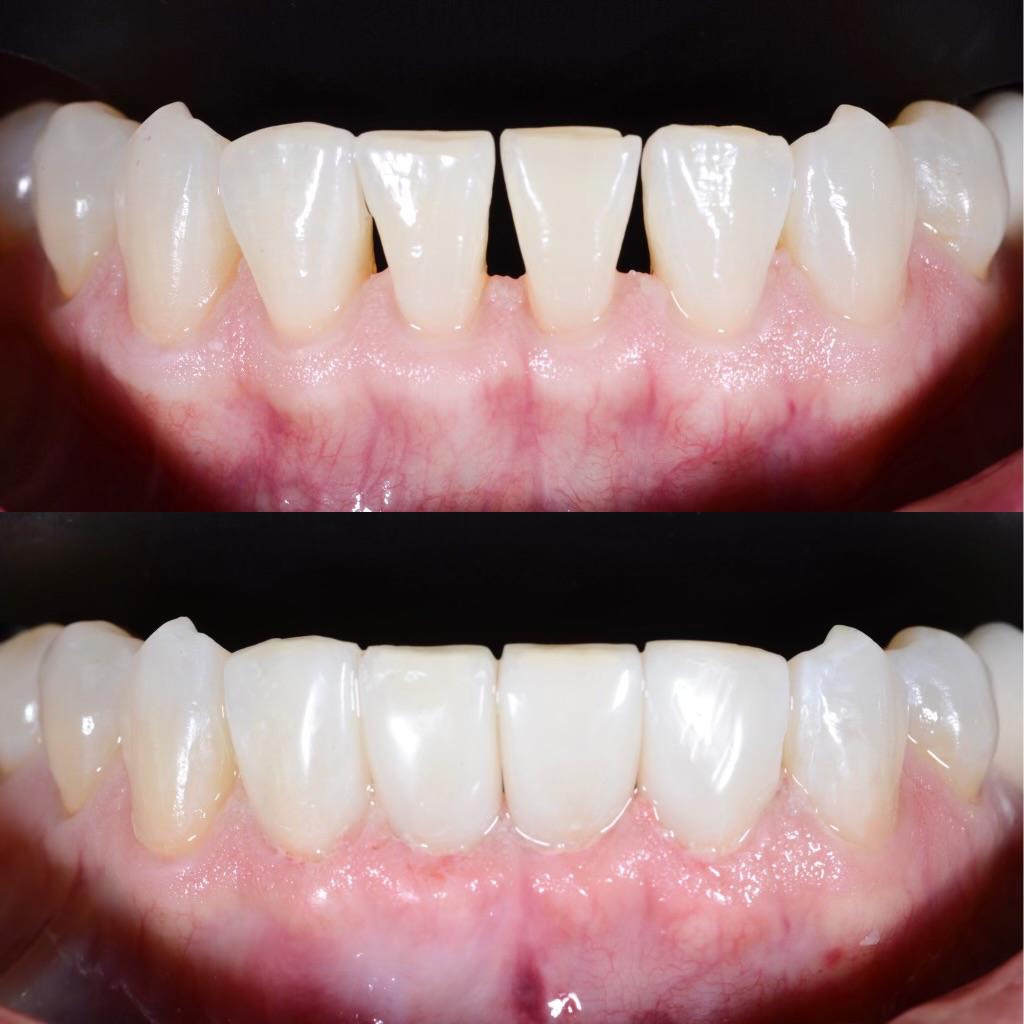Bioclear®
3M is proud to partner with the Bioclear® Method – an innovative approach to modern dentistry. By combining our advanced material expertise with groundbreaking instruments and clinical processes, 3M and Bioclear® together are blazing a new pathway for state-of-the-art restorations.
Everyone wants a beautiful smile, but the reality is most of us weren’t born with perfect teeth. To achieve your dream smile, you’ll likely need some sort of dental work.
The question is, what kind?
If you have smile imperfections – like chips, discoloration, or small teeth – then you may have looked into veneers or bonding. But what if we told you there was another option?
Bioclear is a non-invasive, cosmetic dentistry treatment that can transform your smile in just one appointment! It’s stronger than bonding and more conservative than veneers. A win-win. Since it’s a “newer” technique, you may not have heard about it yet. So in this guide, we’ve outlined everything you need to know about Bioclear.
What is Bioclear?
The Bioclear method is an innovative technique that uses a thin shell to form dental composite material onto your tooth. Once it’s customized, you’ll leave the office with a beautiful, natural-looking tooth.
It’s minimally invasive and won’t damage your teeth!
Watch this short video of a real Bioclear patient to gain some more insight:
What can Bioclear be used for?
Bioclear can fix smile flaws like:
- Chips
- Cracks
- Stains
- Discoloration
- Uneven or small-sized teeth
- Damage from decay
- Gaps
- Dark triangles between teeth
It has become the new alternative to veneers, crowns, and bonding. Keep reading to compare them!
What’s the Bioclear process?
Here’s a preview of Dr. Stout's Bioclear treatment:
1. First, the tooth must be meticulously cleaned. We’ll begin by gently pushing the gums back and isolating the area to be worked on. Then a disclosing agent is used to highlight previously invisible traces of sticky biofilm. A tiny instrument will remove any trace of biofilm. The cleaning powder is just hard enough to remove the microscopic sticky layer that accumulates on the surface of the teeth without damaging the tooth surface.
2. Next, Dr. Stout will select a thin mylar form from over 20 different shapes. This will provide the mold for your new tooth surface.
3. This form will slip under your gumline and a warmed composite resin will be injected, filling the form. This resin is different than traditional bonding composite.
4. We’ll harden the resin with ultraviolet polymerization (light activation).
5. Lastly, Dr. Stout will further shape and polish the tooth to blend in seamlessly with your surrounding teeth.
This whole process takes just one appointment and it’s pain-free!
How long does Bioclear last?
With proper care, your Bioclear treatment should last approximately 10 years or longer.
This is roughly the same as a veneer and far longer than bonding.
How much does Bioclear cost?
On average, Bioclear is 25-50% less expensive than a porcelain veneer. It’s also less expensive to replace or fix than an entire veneer or crown.
Bioclear is more expensive than bonding. However, the durability and longer life expectancy of Bioclear can easily save you money long-term.
Is Bioclear covered by insurance?
Most cosmetic dentistry procedures are not covered by dental insurance, including Bioclear.
Bioclear vs. veneers
The primary reason to opt for Bioclear is that it’s much more conservative than veneers.
With a veneer, part of your tooth’s enamel must be removed to fit the veneer onto the tooth. Once you do this, there’s no going back.
With Bioclear, your healthy tooth structure remains intact – there’s no prep or shaving required. This is ideal because you’re achieving your desired result while also “banking” tooth structure for the future so you have more options.
Plus, Bioclear takes only one appointment, whereas veneers need multiple appointments over two or more weeks.
Bioclear vs. crowns
To get a crown, you must remove a lot of tooth structure, making this an irreversible procedure.
Even though a crown cannot get cavities, the underlying tooth structure can. Typically, decay starts at the edge of the crown and progresses underneath it, if not addressed right away. Not to mention, most crowns block x-rays, which prevents us from seeing what’s happening underneath it and treating it.
Another problem with crowns is a snap-off fracture, meaning the crown and underlying tooth structure break off at the gumline. If there isn’t enough tooth structure remaining, the only option is to extract the tooth and replace it with a dental implant or bridge.
Bioclear can strengthen the structure of your tooth and restore its function, similar to a crown.
Bioclear vs. bonding
While both procedures use a composite resin, there are key differences.
Bioclear is more durable, stain-resistant, and longer-lasting than cosmetic bonding. It’s also better suited for hiding those dark, black triangle shapes between your teeth.
Traditional bonding is more at risk for staining, chipping and cracking, and frequent replacement.




